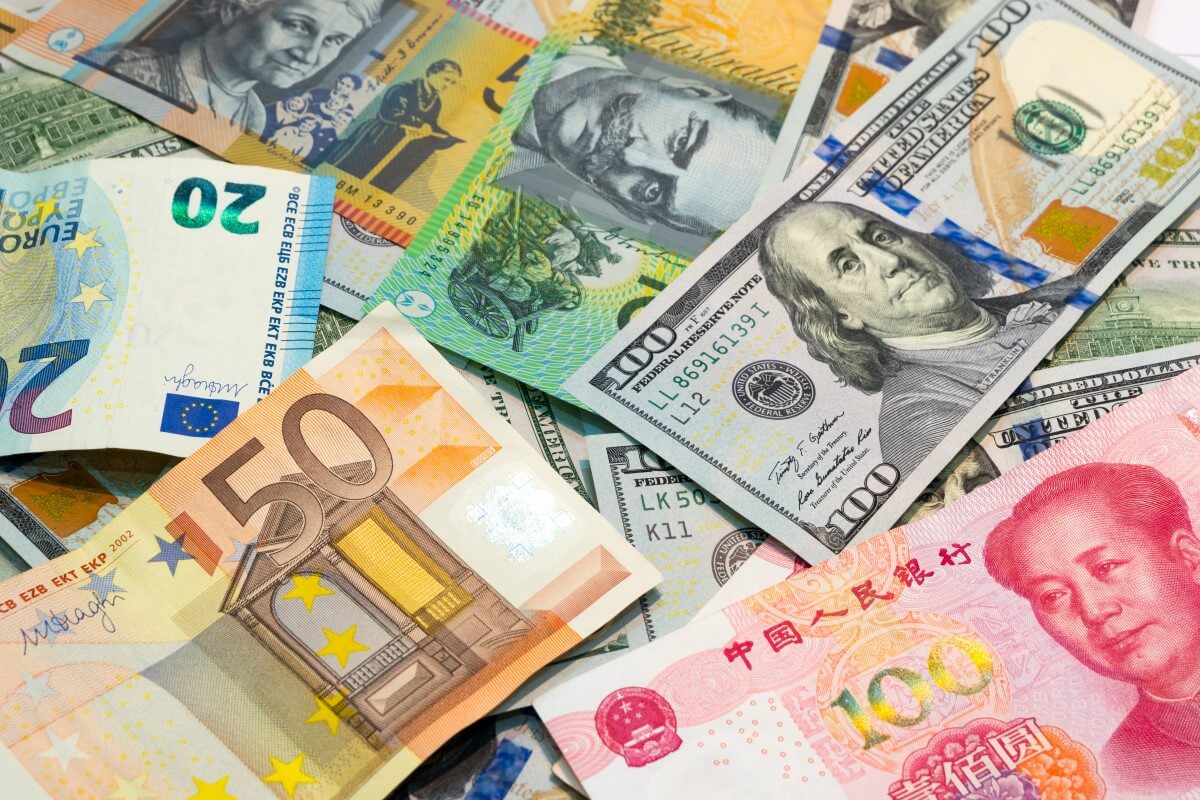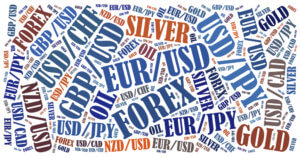The U.S. dollar skyrocketed to its highest point in a month against the basket of currencies on Tuesday. On the other hand, riskier currencies tumbled down, as concerns about soaring bond yields pushed traders toward safe-haven assets.
On Monday, riskier currencies, such as the Australian and New Zealand dollars, rebounded after suffering some recent lows. However, they ended in the red again on Tuesday.
The greenback surged forward by 0.3% at 91.326 against the rival currencies in its fourth consecutive session of gains.
However, the Swiss franc hit its lowest point since November 2020 versus the U.S. currency. Dollar-Swiss pair has been climbing steadily since early January. It gained approximately 3.8% so far in 2021.
ING strategists noted that right now, low-yielders are bearing the brunt of any equity rally. So, even if risk assets move back into the green later today, the dollar may still prove its resilience.
Meanwhile, China’s banking and insurance regulator said the government was worried about the risk of bubbles bursting in foreign markets. He also stated that Beijing is contemplating measures to manage capital inflows. China aims to prevent turbulence in the domestic market.
How did the Aussie and the Kiwi trade?
The New Zealand dollar plummeted down by approximately 0.6% at 0.7222 against the U.S. dollar on Tuesday.
The Australian dollar also declined by 0.3% at 0.7747 versus the greenback after the Reserve Bank of Australia reiterated that it would keep historic lows interest rates.
Lee Hardman, the MUFG currency analyst, stated that the strengthening global recovery would likely remain supportive for higher commodity prices and a stronger Aussie in the year ahead.
In Europe, top Central Bank officials sounded alarm over the rally in bond yields, causing the Euro to fall.
On Tuesday, Policymaker Francois Villeroy de Galhau made an announcement. He said that some of the recent increases were unwarranted. He added that the ECB must use the flexibility embedded in its bond purchase program and push back.
According to ECB Vice President Luis de Guindos, the central bank had the flexibility to counter any undesired jump in yields.
Meanwhile, traders think that the ECB and the U.S. Federal Reserve are taking divergent tones on soaring bond yields. The Fed appears much less concerned.
The Euro tumbled down by 0.3% at $1.20125, hitting its lowest point in nearly a month. A recent survey showed upbeat eurozone factory activity in February, along with soaring demand. However, it failed to boost the Euro.
Jane Foley, a foreign exchange strategist at Rabobank, noted that the market might be readjusting the bullish view it had on the common currency at the beginning of the year.











